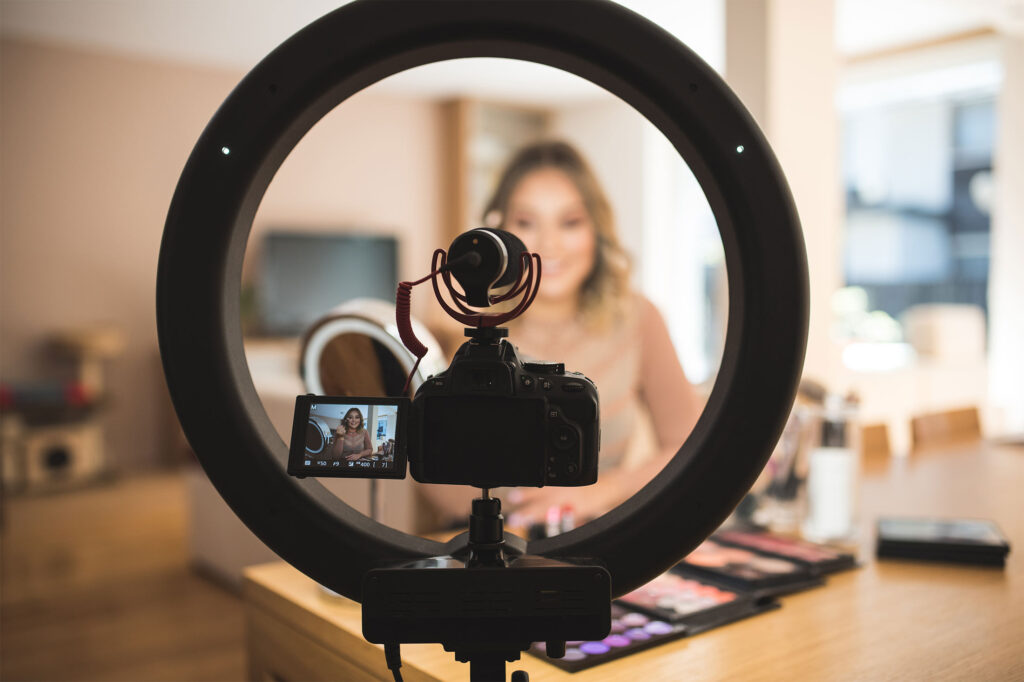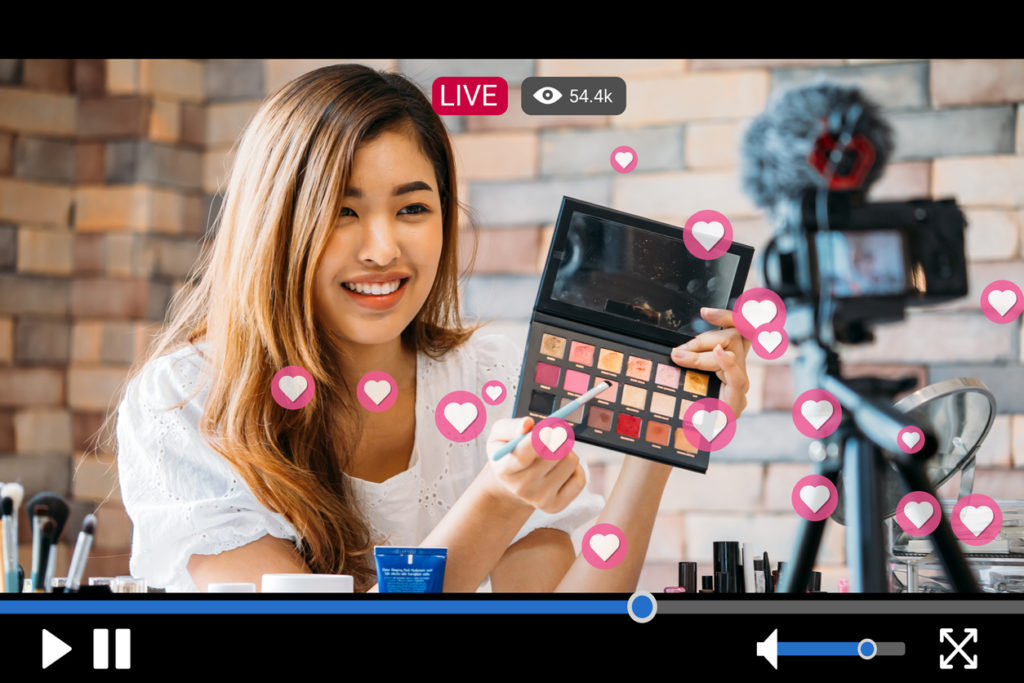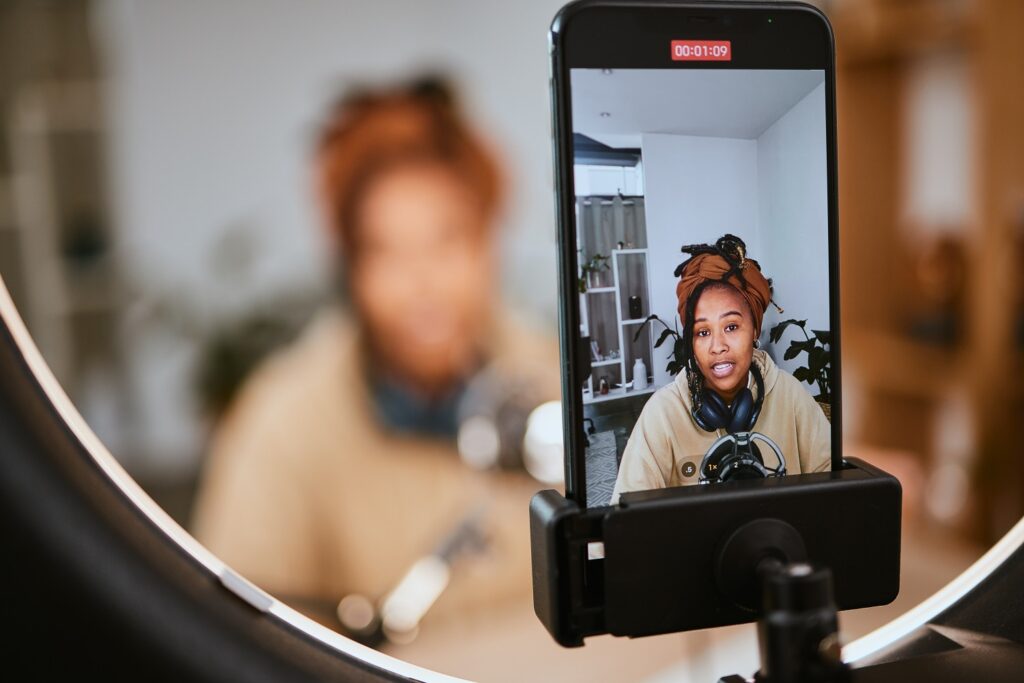Understanding Influencer Marketing: A Key Digital Strategy
Influencers are online personalities who use social media platforms to share their interests, hobbies, professions and ultimately their brand. As a result, they are followed by an engaged audience on at least one or more platforms.
Influencers can include celebrities, bloggers, journalists and others who have generated a significant following.
A type of advertising produced by people on social platforms
Therefore, influencer marketing is a type of advertising produced as a collaboration with an influencer on one or more social platforms.
Influencers can drive purchases and other behaviors
It’s definitely a powerful tool when used effectively:
- 40 percent of Twitter users say they’ve made a purchase as a direct result of a Tweet from an influencer.
- 70 percent of teen YouTube users say they relate to YouTube creators more than traditional celebrities.
In addition, as far as more traditional digital ads, keep in mind that about 45 percent of internet users in North America use ad blockers.
Influencer marketing is one method of getting around ad blockers.
Comes with a substantial ROI
As far as your return on investment (ROI), influencer marketing has the potential to make $5.20 for every dollar spent on average.
But what is the best platform to use for influencer marketing? Instagram? YouTube? Something else? The following is a breakdown of some of the top influencer platform options to help you determine which best suits your brand and your influencer marketing efforts.
Instagram: A Top Choice for Visual Influencer Marketing
This visual-first social media platform is considered a top influencer app.

Instagram audience demographic
Popular among younger audiences, the majority of Instagram users are between 18 and 34 years old.
Because of the nature of the platform, influencers are able to position or share your product and/or brand in a visually striking way.
Of course, news feed posts do not offer a linking option (hence the “click link in bio” references), but influencers with a large enough audience can leverage linking in Instagram Stories, where viewers can simply swipe up to be redirected to a webpage of the influencer’s choosing.
Popular Instagram content types for influencers
Instagram post, Instagram Story, Instagram video, IGTV
YouTube: Leveraging Video Content for Influencer Engagement
This social video channel typically ranks a not-too-distant second to Instagram as far as influencer marketing.

YouTube audience demographic
YouTube also is popular among younger audiences, where about 77 percent of 15- to 35-year-olds in the U.S. use it.
However, unlike most other social platforms, YouTube does not see the same dramatic drop-off with older audiences.
About 73 percent of Americans aged 36 to 45 also use YouTube, along with about 70 percent of those aged 46 to 55 and 67 percent of those 56 and older, according to Hootsuite.
For YouTube, think long-form videos, where influencers could do demos, tutorials and other creative incorporations of your brand in their video storytelling. You can embed links in the captions of videos as well, so YouTube makes it easy for viewers to go to your website for more (or to purchase).
Popular YouTube content types for influencers
YouTube video, YouTube Live
Facebook: Diverse Opportunities in Influencer Marketing
Facebook is the largest social media network, and there was a time when influencers favored it. However, as far as influencer use now, Facebook typically is used as a secondary platform, meaning that a campaign on another platform (like Instagram or YouTube) could be cross-promoted on Facebook.

Facebook audience demographic
This isn’t a terrible thing. Influencers could do a sponsored Facebook Live video or partnership ad campaign, for example, to share your brand and/or the campaign.
Facebook Live videos specifically are watched about three times longer than standard videos on the platform.
Popular Facebook content types for influencers
Facebook post, Facebook video, Facebook Live
X: Micro-Influencing and Real-Time Engagement
While not the most popular influencer platform, a large segment of X, formerly known as Twitter, users do attribute purchasing decisions to influencer tweets (as mentioned above).

About 90 percent of Americans are familiar with the micro-blogging platform (even if they don’t use it).
X audience demographic
About 29 percent of Twitter’s audience is 25-to-34 years old, making that the largest age segment on Twitter, followed by 35- to 49-year-olds at about 28 percent, according to Hootsuite.
In addition, the cost of micro-influencers on Twitter can be particularly affordable, averaging about $100 per tweet.
Popular content types for influencers
Twitter post (“tweet”), Twitter video
Snapchat: Capturing Youthful Audiences with Ephemeral Content
While not as popular with influencers as Instagram or YouTube, Snapchat still hosts some effective influencer marketing.

Snapchat audience demographic
Definitely a youthful platform, Snapchat boasts usage by about 69 percent of U.S. teenagers.
The challenge largely is due to the lack of discoverability features early on in the messaging app’s existence. It also doesn’t help that easy-to-access metrics are not so available on Snapchat. This is important because you want to be able to assess the impact of your campaign on a number of levels.
But Snapchat does offer the opportunity for influencers to share unfiltered, authentic content. That type of content goes a long way with young audiences.
Popular Snapchat content types for influencers
Snapchat Story
LinkedIn: Influencer Marketing in the Professional Realm
Also not too popular on the influencer marketing front, LinkedIn is still one of the best B2B social media platforms out there.

LinkedIn audience demographic
While it may not be a natural go-to for influencers, its potential for influencer marketing truly depends on the:
- Type of business you are
- Influencer you’re looking to work with
- Audience you’re hoping to reach.
It is entirely possible for a software company, for example, to partner with a thought leader on LinkedIn.
Popular LinkedIn content types for influencers
LinkedIn post, LinkedIn video, LinkedIn Pulse
Blogs: Influencing Through In-Depth Content and Storytelling
Dating back to their first appearance in 1994, blogs typically resonate with a somewhat older audience than most social platforms. However, with more than 152 million blogs on the internet, specific age demographics can really depend on the blog you’re looking to work with.

The good news is that about 77 percent of internet users read blogs.
When it comes to influencer marketing with blogs, the sky’s the limit on content ideas and opportunities in a campaign.
The average length of a blog is 1,236 words, but a sponsored post could be more words or fewer words, as well as include an embedded video or photos. There’s an opportunity to offer richer context in a blog than in many types of social media posts.
Popular blog content types for influencers
Blog post
Final Thoughts: Strategizing Your Influencer Marketing Approach
Ultimately, the best social media platform for your brand comes down to:
- Your goals
- Your target audience
- The type of influencer you’re looking to partner with
Evaluate each platform with the most important criteria for your brand.
Also, be sure to check out our 7 tips you should know before starting your first influencer marketing campaign.

